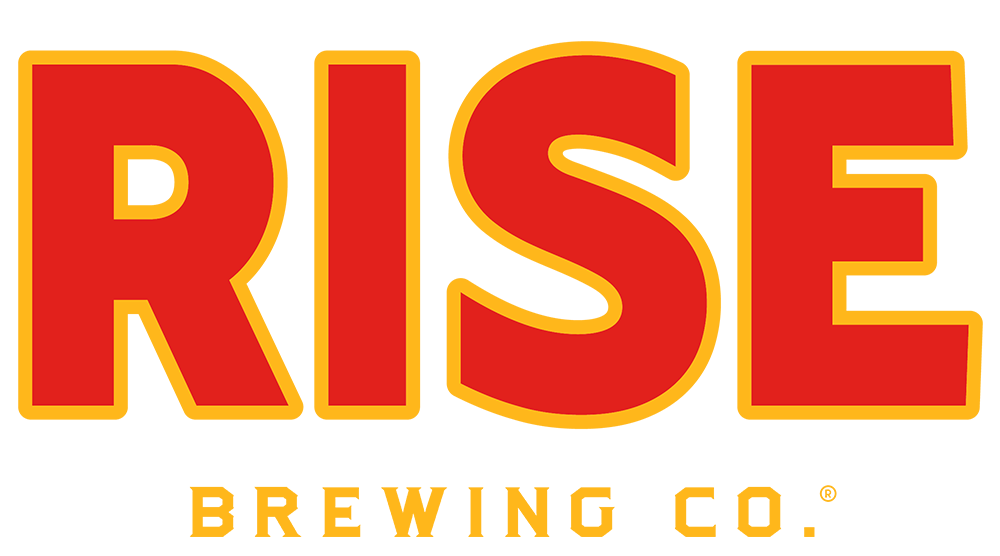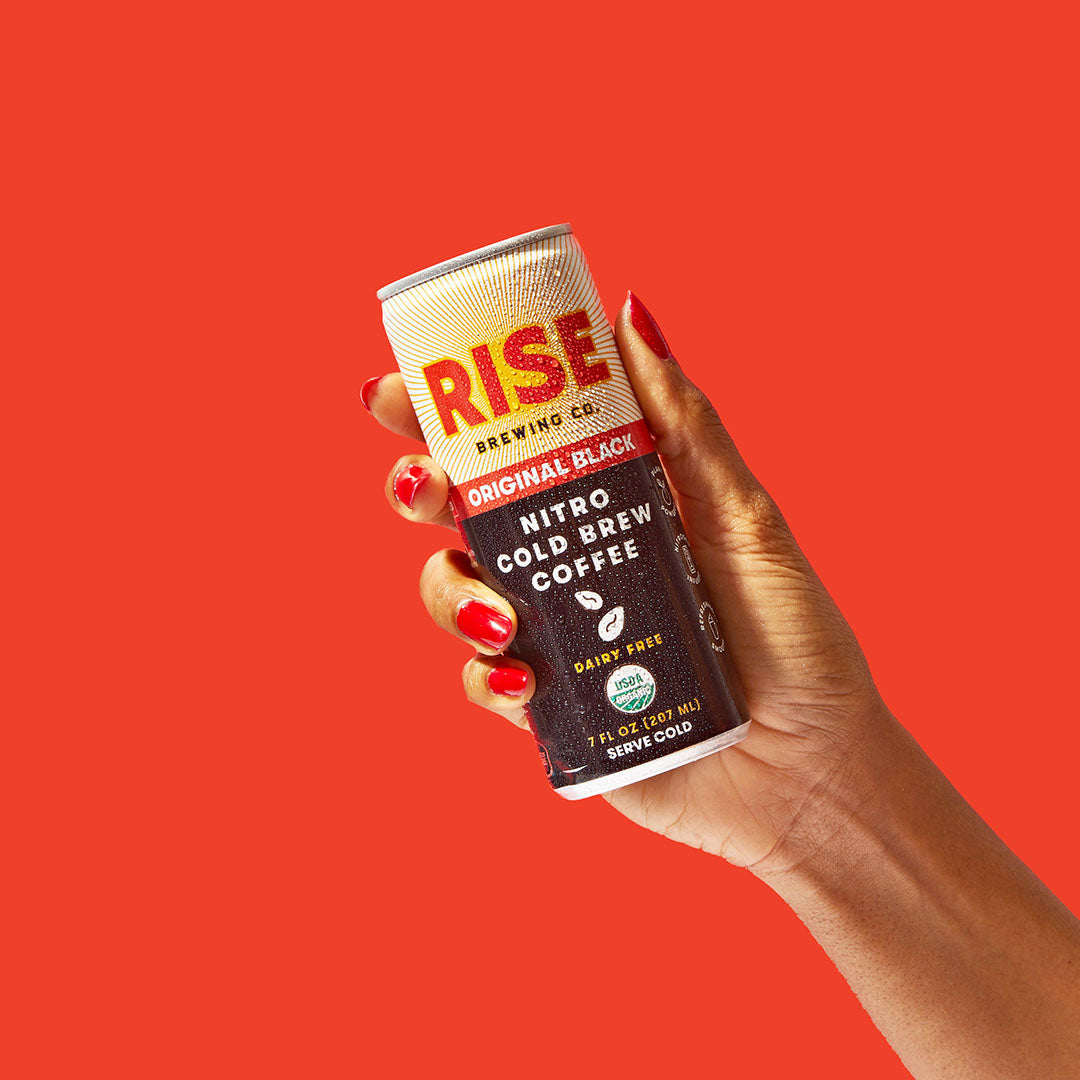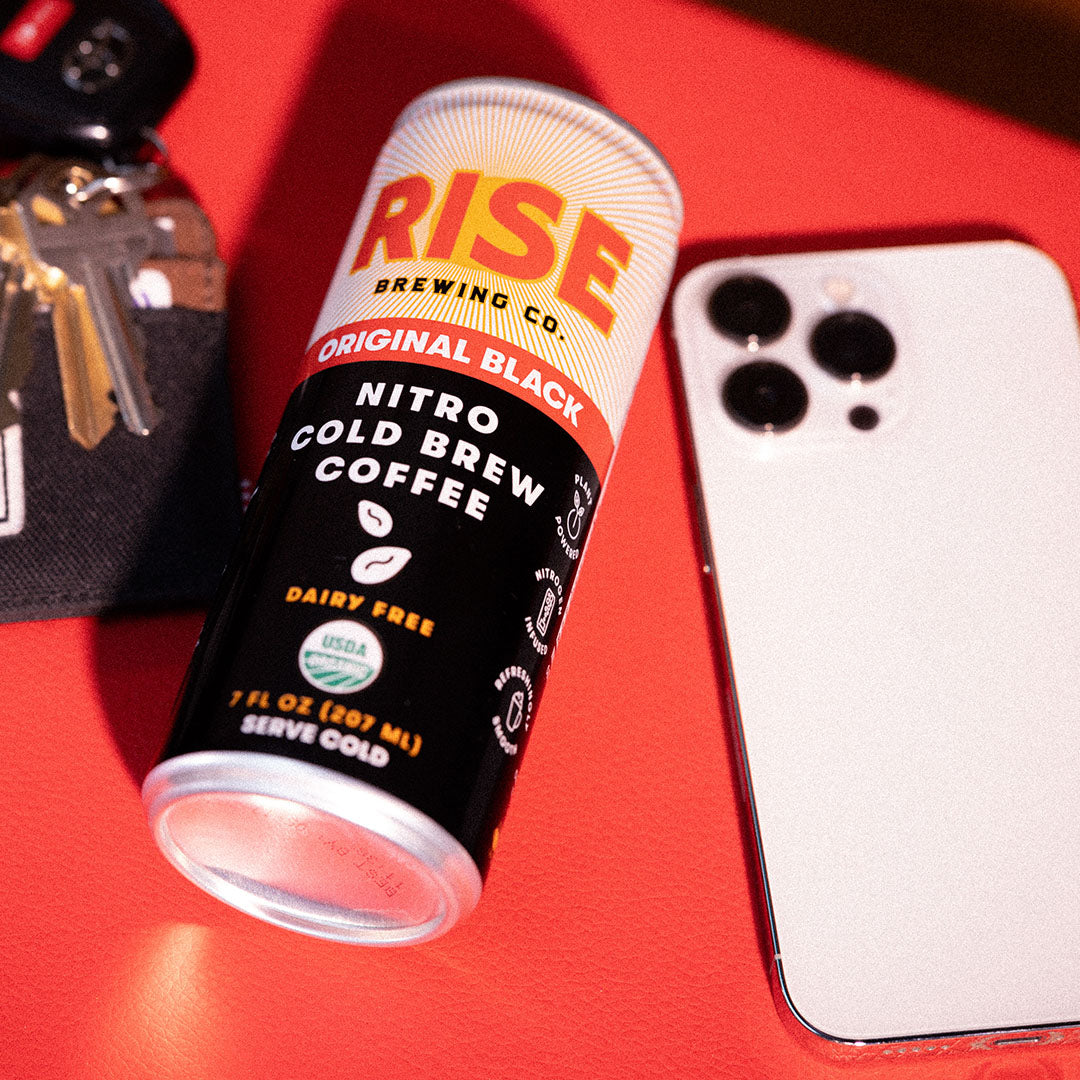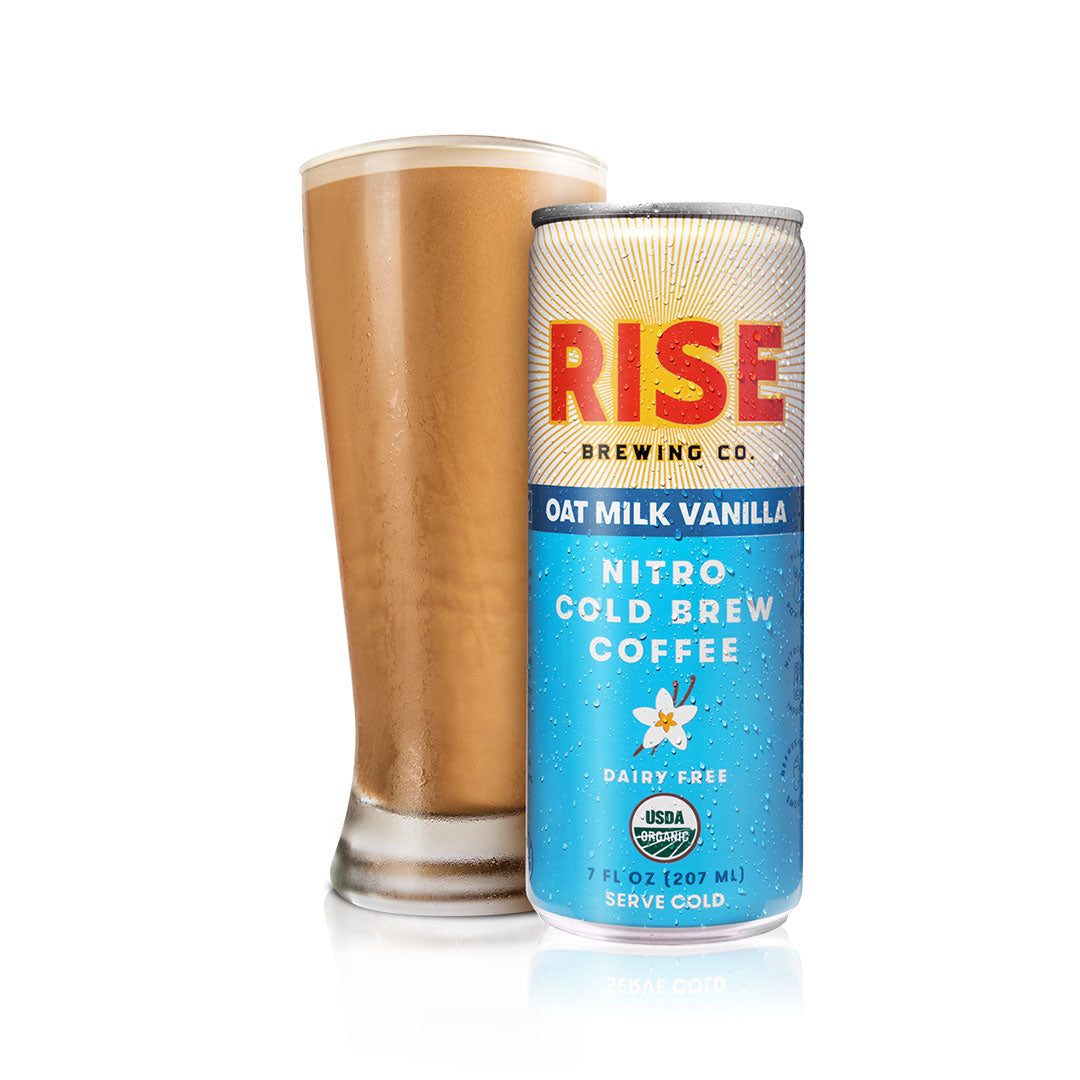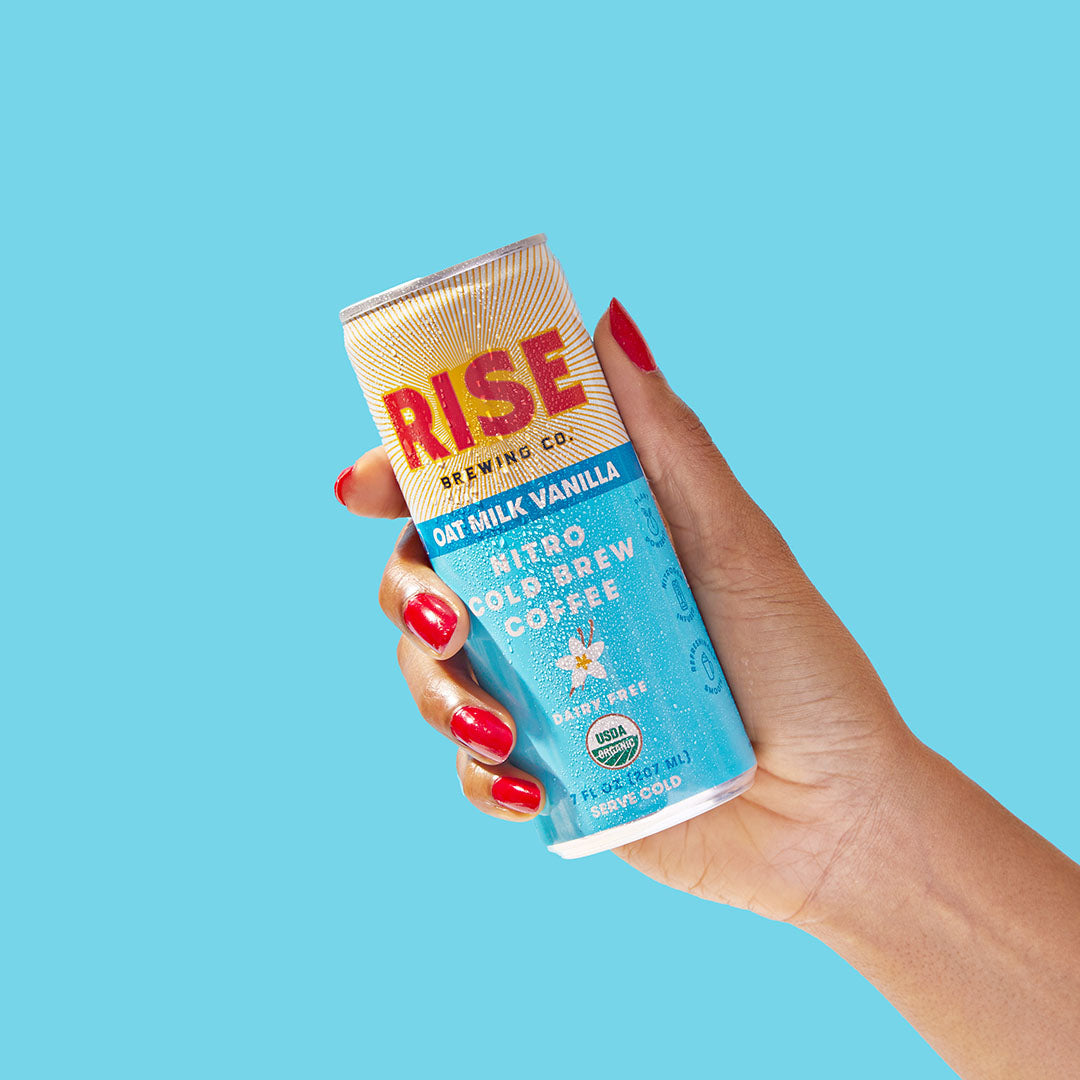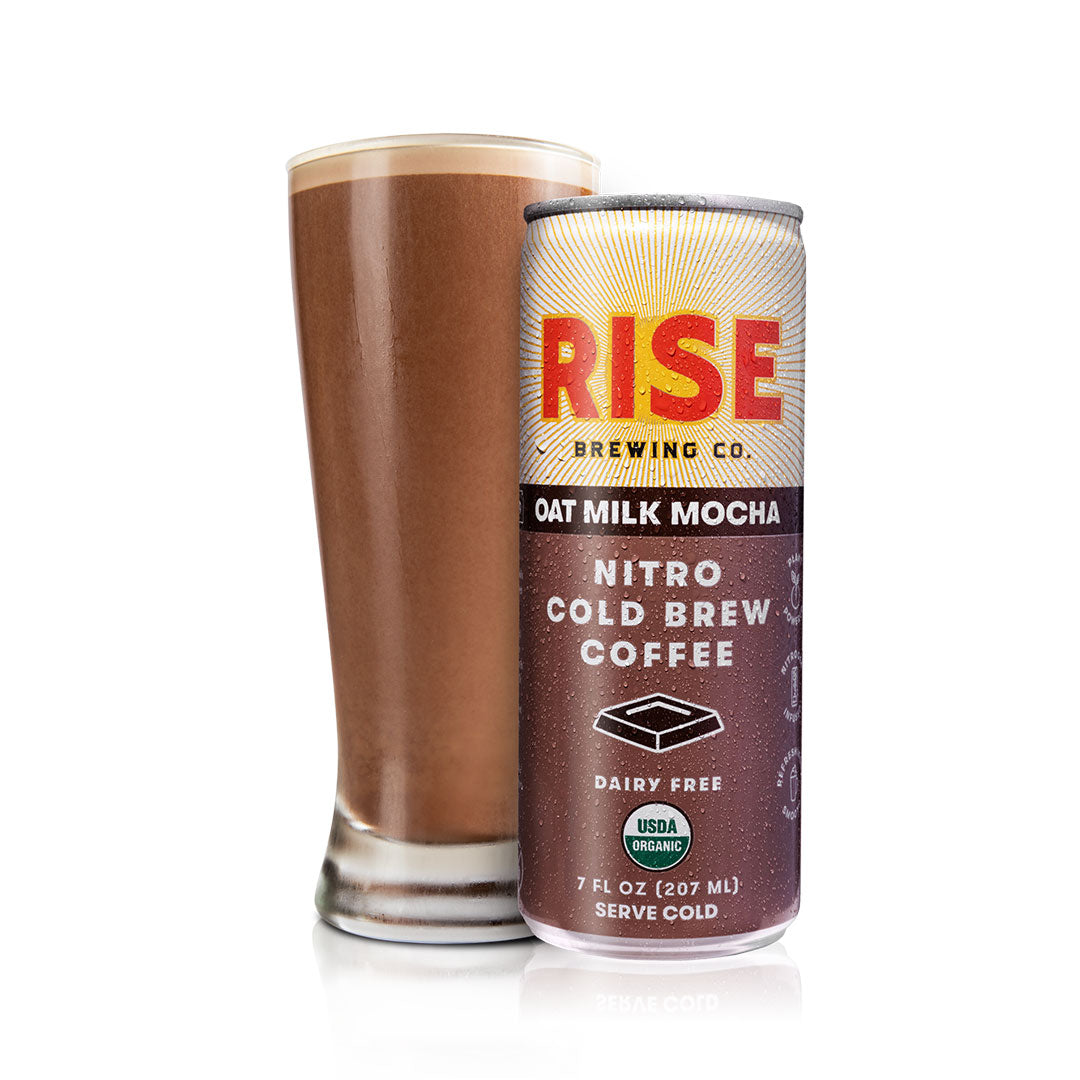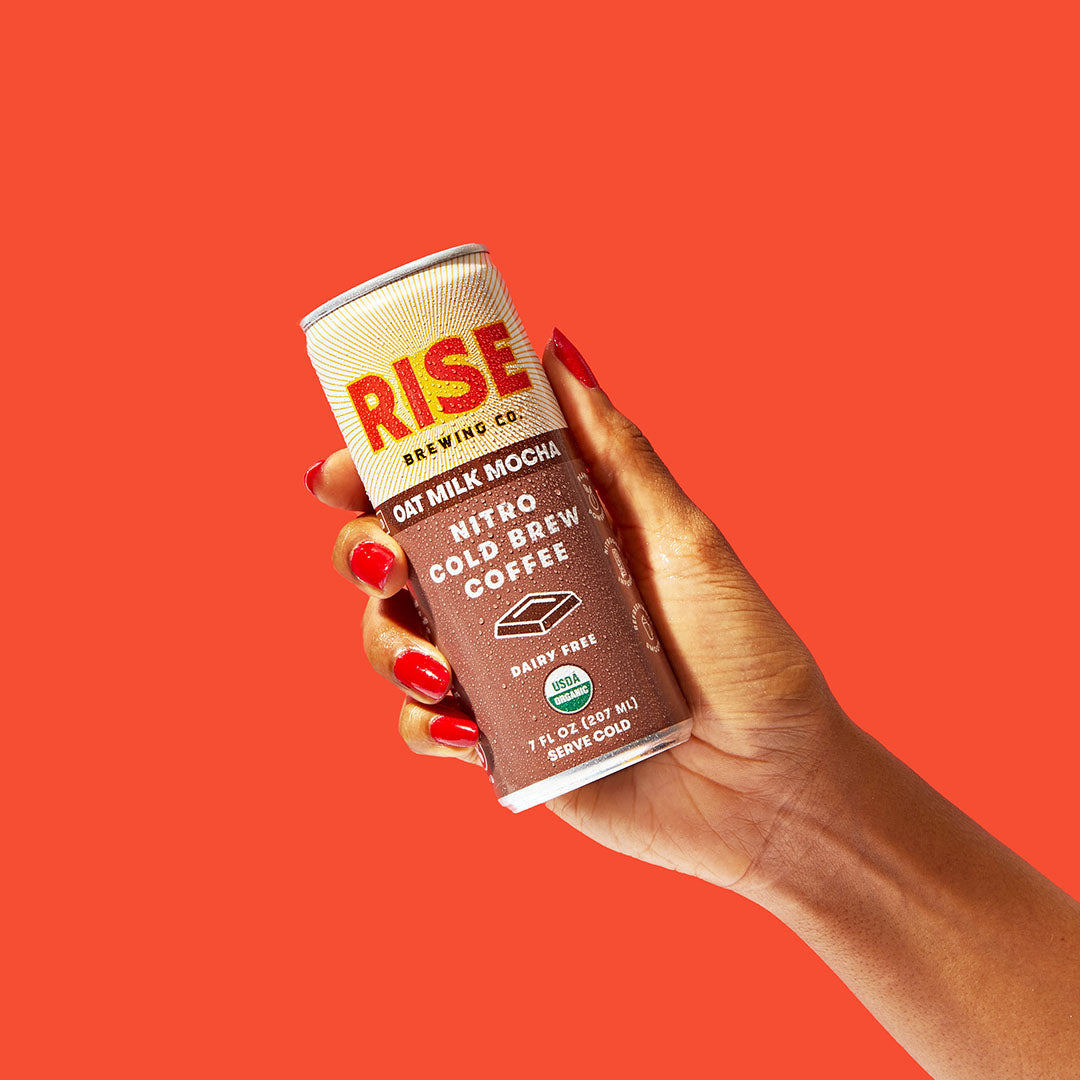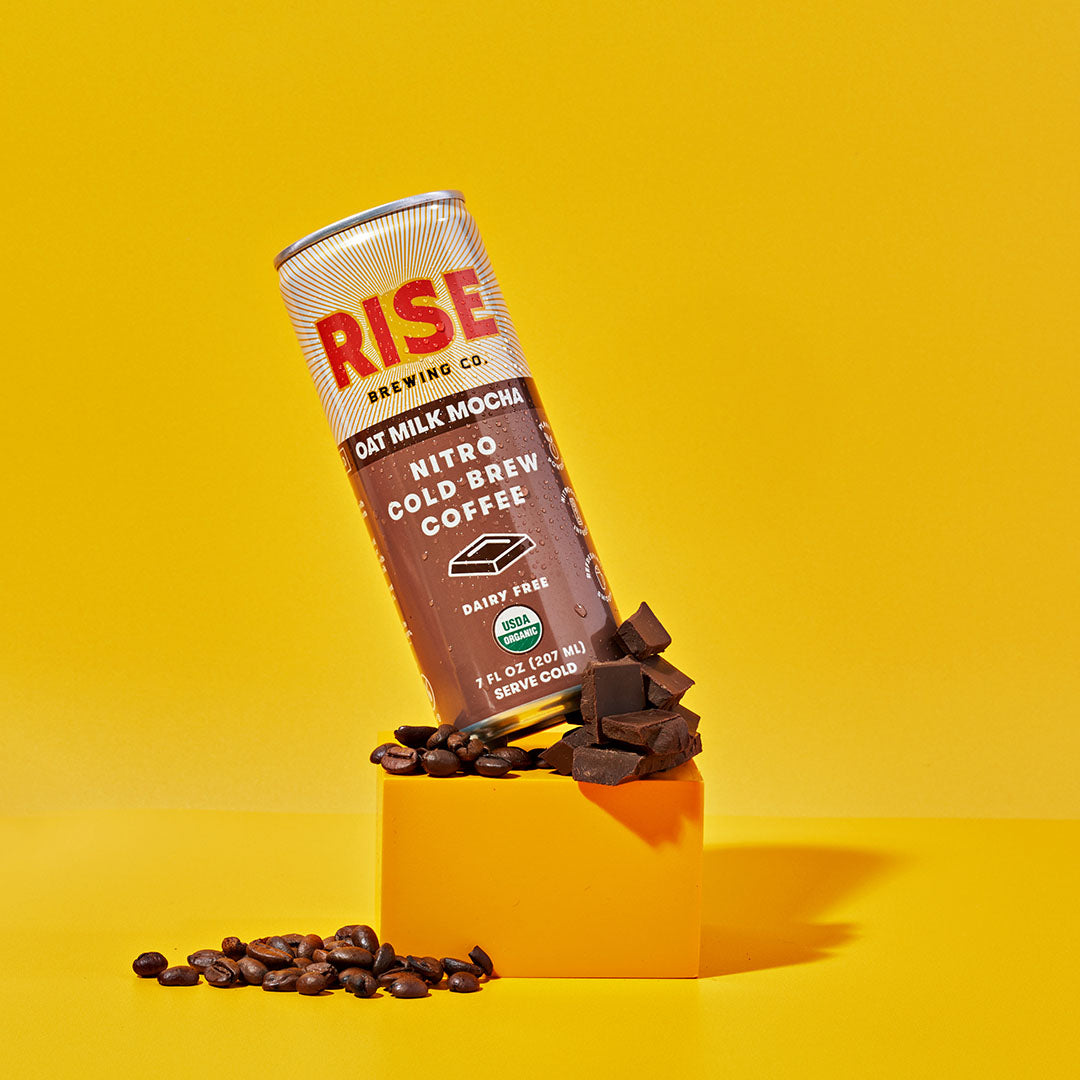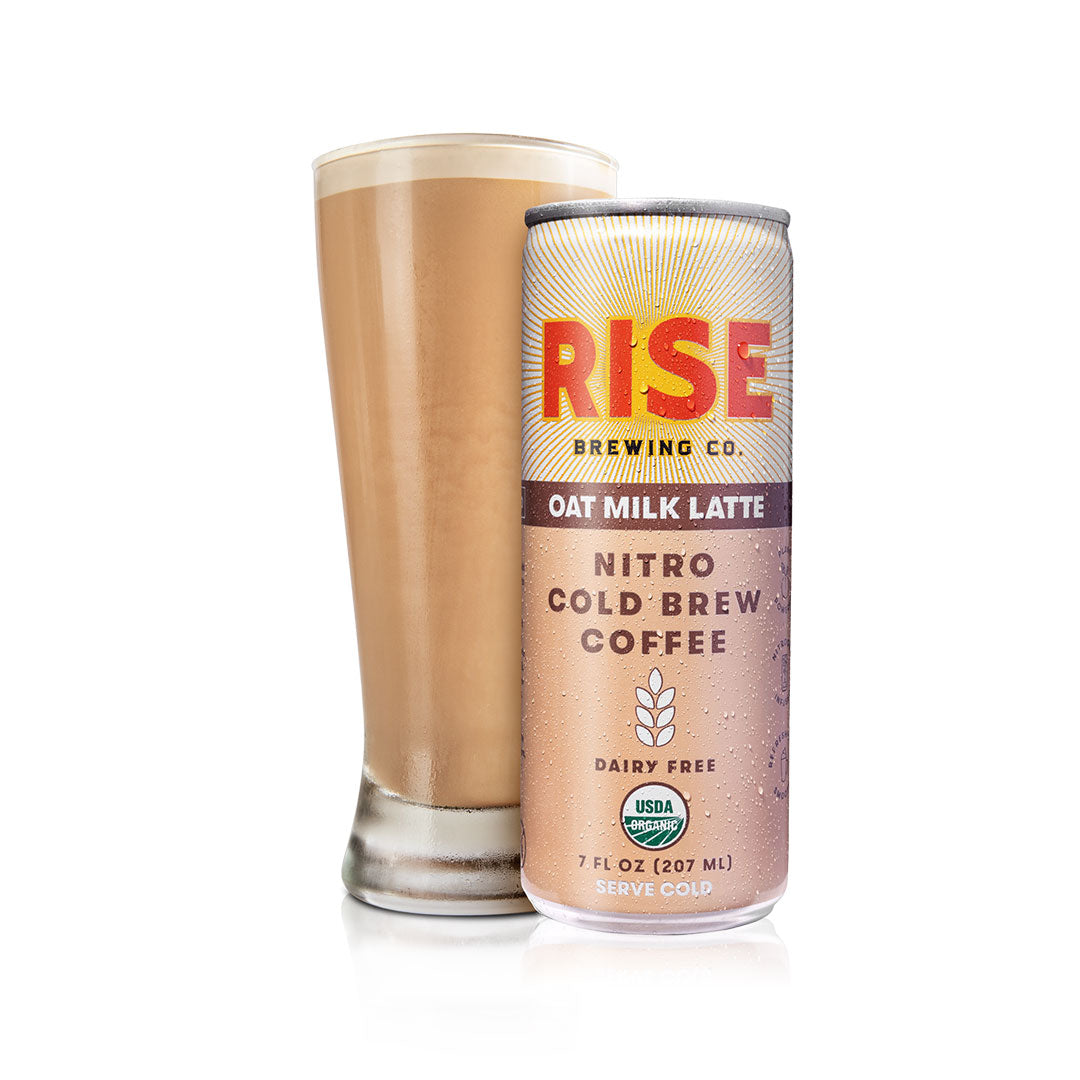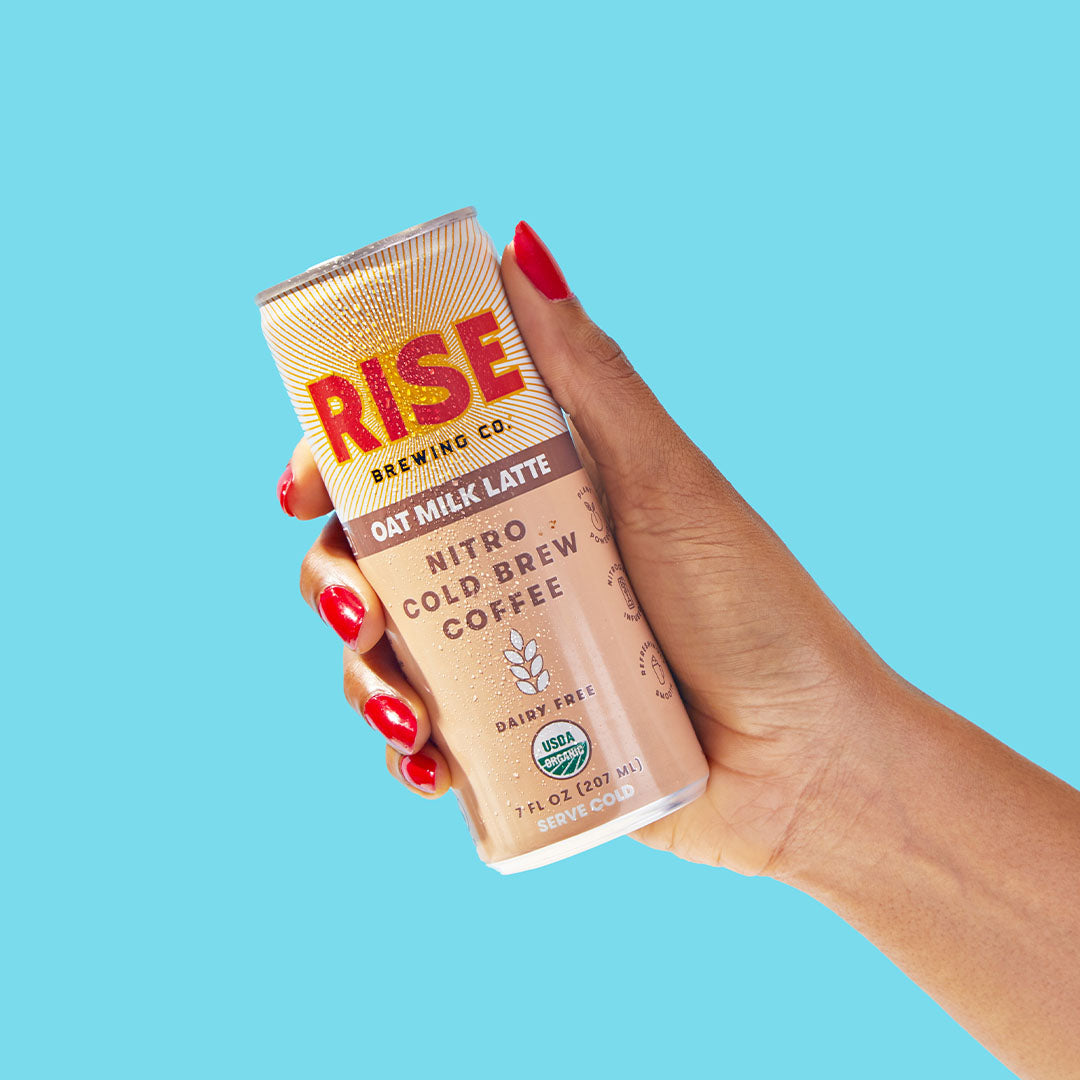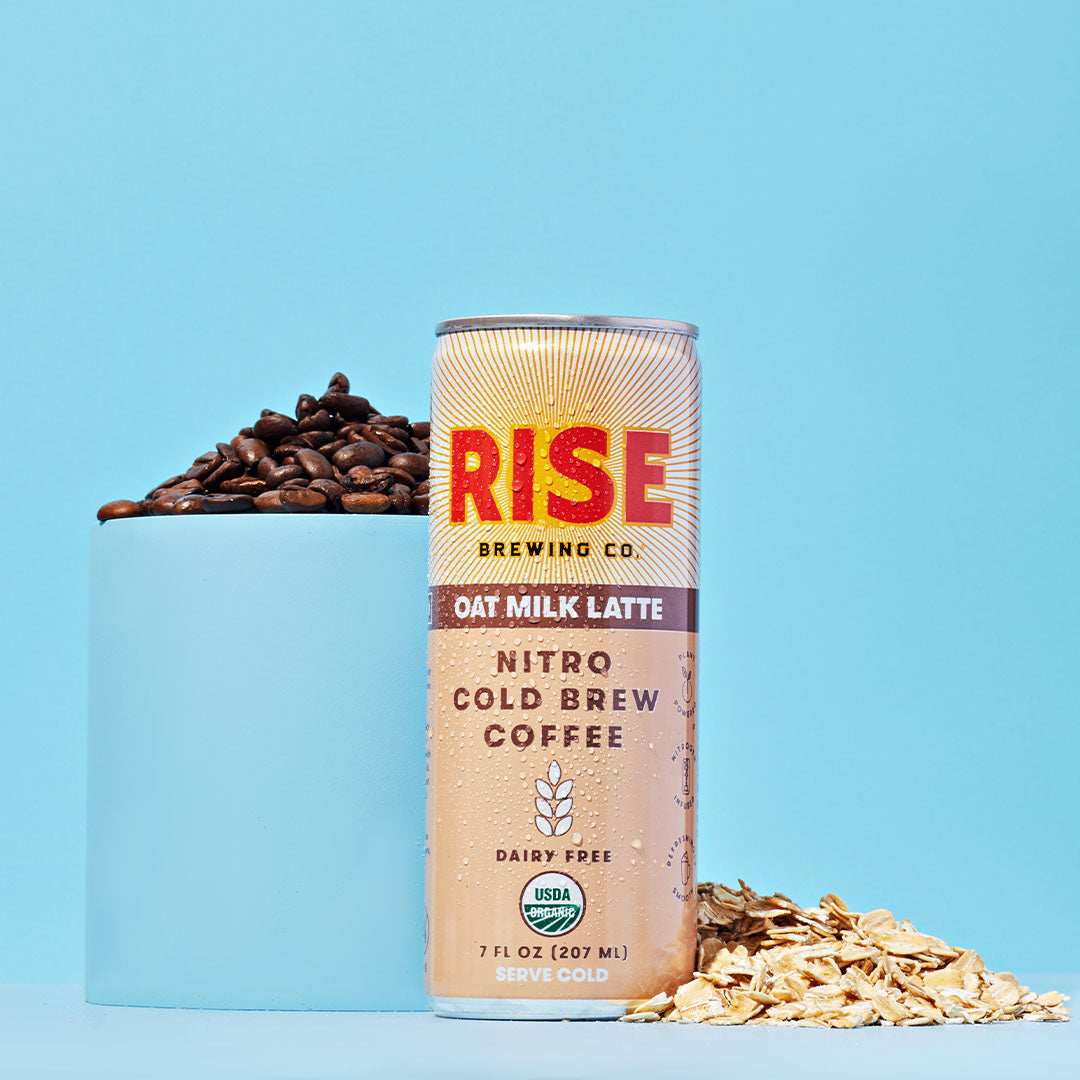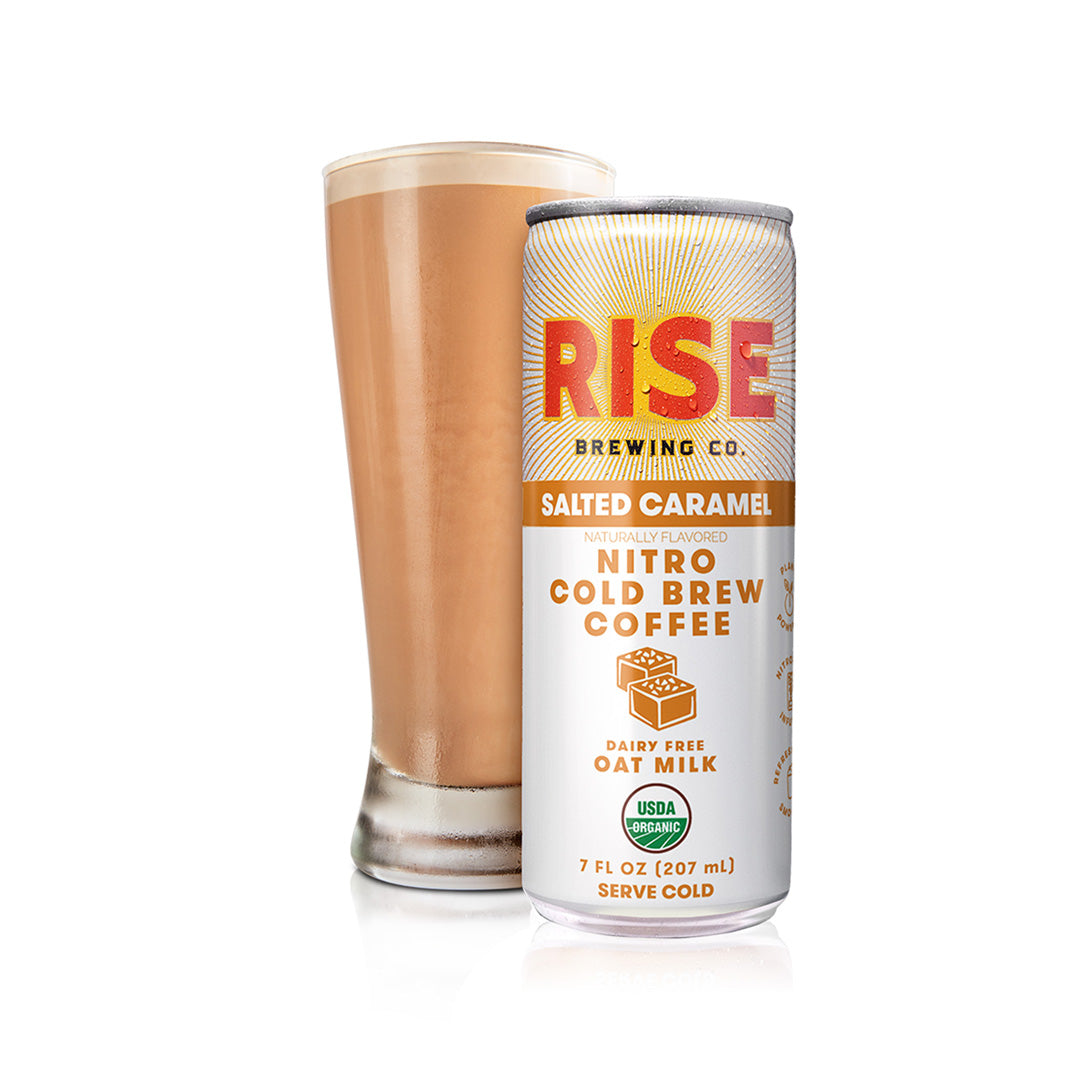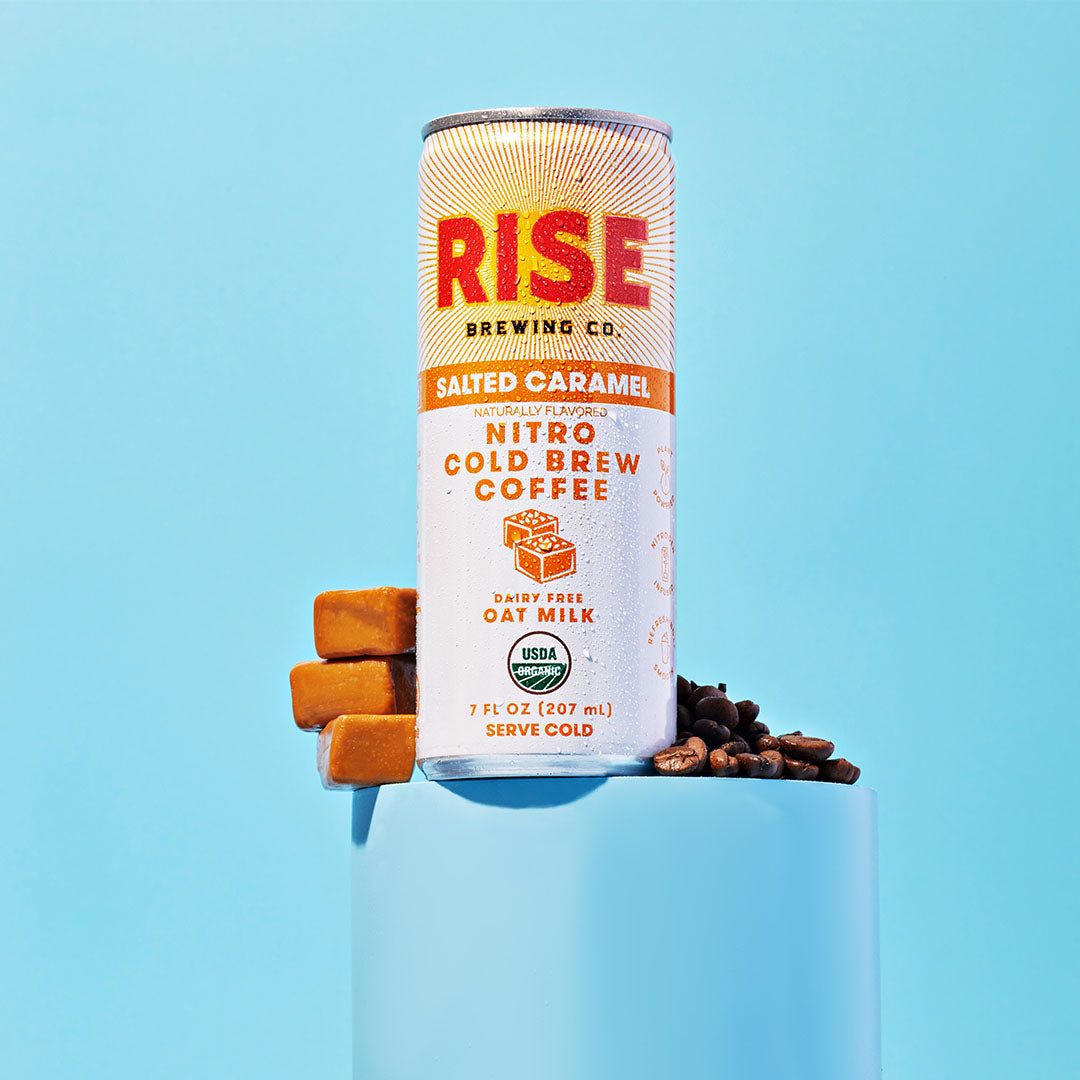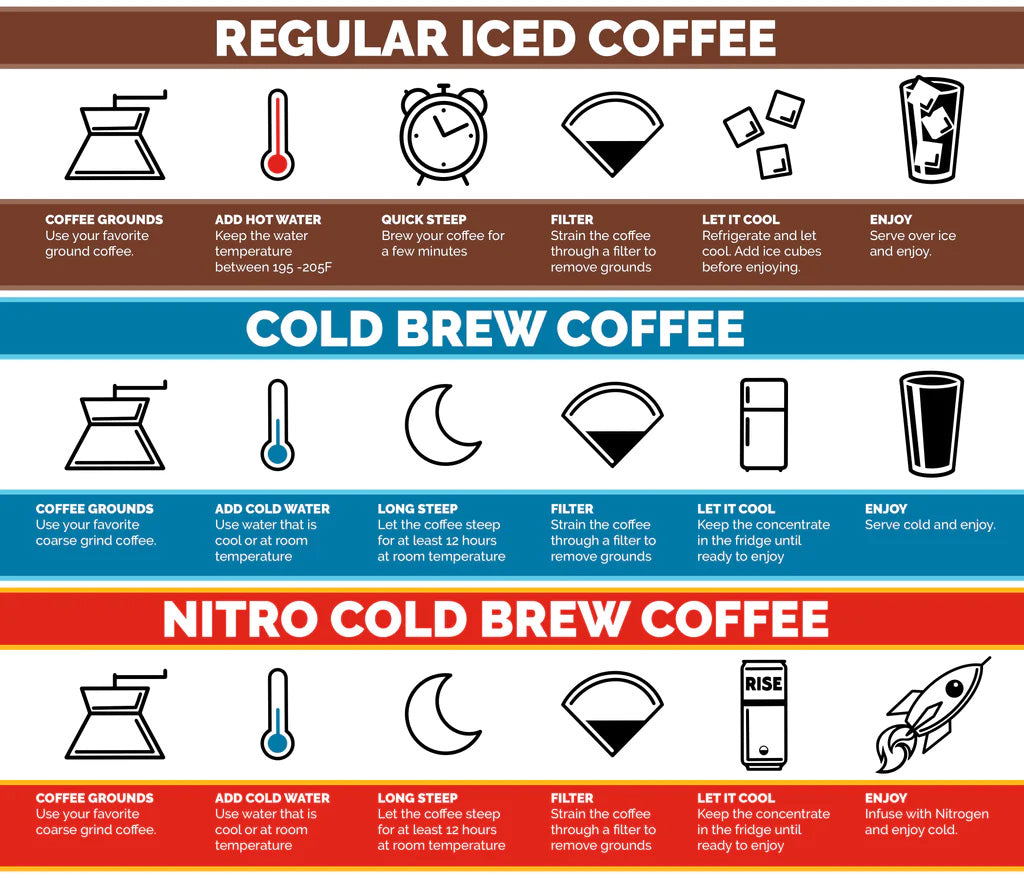
You enter the coffee shop and stop, staring at the menu above the register. What do all these words mean? It can be overwhelming to see all the different types of coffee. What’s the difference between a macchiato and a cortado? Is a flat white the same as a cappuccino?All coffee is not created equal, and this is doubly true for cold coffee. While many people might see “iced coffee” and assume it’s the same as “cold brew” and even "Nitro", the truth is that there are big differences between them. To clear things up, let’s look at the three cold options—their differences, their similarities, and why you should care.We created this graphic below to demonstrate the key differences in brewing method, but keep reading below to learn more about the taste, texture, and properties of all three options.
Iced Coffee
This is the original way to prepare cold coffee. With this method, coffee is brewed hot and then chilled, either over ice or, in the old days, by simply putting it in the fridge.With the rise of specialty coffee came the introduction to the United States of the Japanese Iced Pour-over, wherein half the water is replaced with ice and the coffee is brewed directly onto the ice, chilling it instantly while preserving the delicate flavors of the hot coffee. If you want to try a specific coffee in a cafe, this is usually what you’ll get, as it’s easy to brew a single cup while still showcasing the coffee’s taste.
When Was Iced Coffee Invented?
Iced Coffee was “accidentally” invented in 1840. The first iced coffee was called, “mazagran (masagran).” It was a cold, sweetened coffee drink that was invented by the French military during the Battle of Mazagran. While in Algeria, the French ran out of milk, and instead, added water to their coffee and drank it cold to battle the heat. Upon returning to Paris, the Mazagran veterans suggested that café owners serve this drink - café mazagran - and the concept of iced coffee was born.
How Long Does Iced Coffee Last In The Fridge?
Unlike hot coffee that usually loses its taste appeal after a few hours, iced coffee can last much longer in the fridge. We recommend keeping iced coffee in the fridge for a max of 12 hours. After that, the quality and taste start to deteriorate.
How Do You Sweeten Iced Coffee?
You can sweeten iced coffee several ways. If you’re looking to avoid refined sugar, you can try - brown sugar, honey, cinnamon, sweetened condensed milk, non-dairy milk such as oat milk, maple syrup, dates, cocoa powder or vanilla.
Cold Brew
The easiest and most popular way to make and drink cold coffee, this is the one you’ll find in almost every cafe in the world today.Whereas Iced Coffee starts hot, Cold brew is made by steeping coarse-ground coffee in room temperature water for 12-24 hours. This creates a delicious, rich concentrate that can then be cut with water, milk, or alternative milk. Because it’s steeped over a long period of time and doesn’t use hot water, cold brew is generally less acidic than hot coffee, adding up to a sweeter, milder drink that pairs perfectly with milk.
Is Cold Brew Stronger?
Cold Brew contains more caffeine than hot coffee due to its higher coffee to water ratio. This can be altered depending on your brewing methods and preferences. One of the many benefits of drinking cold brew is that concentrated cold brew is incredibly strong. So, it’s best to dilute the cold brew before drinking.
What Does Cold Brew Taste Like?
Cold brew is slightly sweeter, less intense and not as acidic as an iced coffee. The aroma and flavor can be intense and more dramatic. Yet, it’s sweet and smooth profile gives cold brew more flavor and less of a bitter taste.
How Do You Drink Cold Brew Coffee?
You can drink cold brew coffee by itself over ice. Or, you can pair it with your favorite dairy or non-dairy milk. If you want some extra sweetness, you can add sugar or natural sweeteners such as cinnamon, agave, vanilla or maple syrup.
Can You Heat Up Cold Brew Coffee?
Yes, you can heat up cold brew coffee. Cold brew coffee usually comes in a concentrated form. So, if you add hot water to heat it up, it will dilute the concentrate and taste like a normal hot cup of coffee.
What Is Cold Brew Concentrate?
Cold Brew Concentrate is ground coffee that has been brewed with cold water for anywhere between 14 to 18 hours.
Does Cold Brew Use Different Coffee Beans?
The type of beans depends on the intended flavor profile you want. Most cold brew coffee uses coarse beans which allows it to have a darker, richer flavor.
How Much Caffeine Is In Cold Brew?
A typical 16 oz cold brew has approximately 200 mg of caffeine.
Does Cold Brew Go Bad?
In most cases, you can keep cold brew for up to 2 weeks in the fridge. Some signs your cold brew has gone bad include: little aroma, very acidic, less flavor, caffeine effect is low, mold or rancid smell.
Nitro Cold Brew
The key difference that distinguishes nitro cold brew from cold brew is the texture. While the cold brewing method gives both options a more subtle flavor, the infused nitrogen creates a texture that is richer and smoother, with many similarities to a draught beer. Nitro is, as its name suggests, is cold brew infused with nitrogen and either served from a keg or canned. The tiny nitrogen bubbles give the drink its famous creamy texture, while the addition of milk or perhaps chocolate oat milk adds sweetness and depth.Nitro has become increasingly popular in recent years, due to the complexity and richness of its flavors and the interest of cold brew fans in expanding their horizons (and their palates).Nitro handles the canning process well, allowing it to be easily sold in grocery stores, further widening its reach. No matter your preference, a cold can of nitro cold brew coffee is the perfect way to refresh and re-energize on a hot day (or a cold day, really).
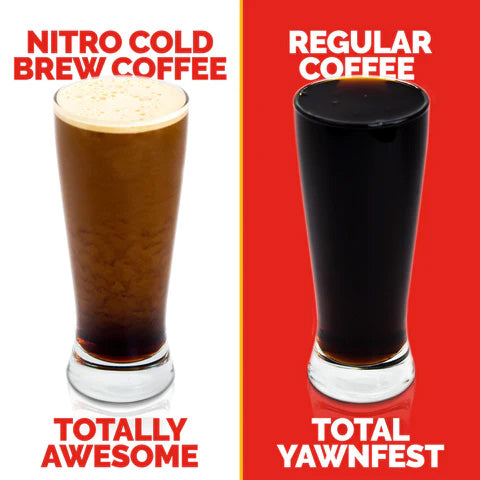
The key difference that distinguishes nitro cold brew from cold brew is the texture. While the cold brewing method gives both options a more subtle flavor, the infused nitrogen creates a texture that is richer and smoother, with many similarities to a draught beer. Nitro is, as its name suggests, is cold brew infused with nitrogen and either served from a keg or canned. The tiny nitrogen bubbles give the drink its famous creamy texture, while the addition of milk or perhaps chocolate oat milk adds sweetness and depth.Nitro has become increasingly popular in recent years, due to the complexity and richness of its flavors and the interest of cold brew fans in expanding their horizons (and their palates).Nitro handles the canning process well, allowing it to be easily sold in grocery stores, further widening its reach. No matter your preference, a cold can of nitro cold brew coffee is the perfect way to refresh and re-energize on a hot day (or a cold day, really).
What Does Nitro Cold Brew Taste Like?
Nitro cold brew is subtly sweet, with a light body and smooth finish. The sweetness derives from chocolate notes and bright fruit flavors that surface in the cold brewing process. The smooth, soft texture is the defining characteristic of nitro cold brew. And like any coffee, there are variations in taste that come from the choice of beans, roast method, and grind.
Is Nitro Safe To Drink?
Yes, it is completely safe to drink Nitro brewed beverages.
How Much Caffeine Is In Nitro Cold Brew?
Our 7-ounce cans of Nitro cold brew contain 180 mg of caffeine. This is stronger than hot coffee, as the cold brew method contains more caffeine due to its higher coffee-to-water ratio.
Is Nitro Cold Brew Carbonated?
Nitro cold brew is not a carbonated coffee. Nitrogen bubbles are smaller for a more dense profile versus carbonated beverages that have a light and airy texture.
Does Nitro Cold Brew have ice?
Nitro Cold Brew is best served without ice. Otherwise, the ice will melt, diluting the drink, and ruining its fine balance.
Is Nitro Cold Brew Dairy-Free? Is it Vegan?
Yes, Nitro Cold Brew is naturally dairy-free and vegan! It is simply cold brew coffee infused with nitrogen. Sometimes, Nitro Cold Brew is flavored with various kinds of milk in order to create a latte. In that case, you’ll want to make sure that your Nitro cold brew only contains non-dairy and vegan options such as almond, cashew, coconut, soy, hazelnut, hemp, macadamia, rice or oat milk to keep it dairy free and vegan.
How Is Nitro Cold Brew Made?
Nitro cold brew starts with the production of cold brew coffee which takes up to 24 hours. Once the grounds are steeped, the coffee is placed into a bottle or keg. As the cold brew is poured it is charged with nitrogen. This gives it a rich, creamy head of foam, just like draft beer.
Available in 7oz & 10oz
